The base is an essential part of light bulbs. It connects to the socket and provides an electrical pathway for current. It determines compatibility with lamp fixtures in your home. This guide explores the types of light bulb bases. It provides comprehensive information so you can make an informed decision.
Common Types of Light Bulb Base
Light bulbs come in a variety of base styles. The five main types include the following:
1. Screw Base
The most familiar base type for most people. Screw bases are typically designated as E26 or E27. Other sizes include E10, E17, E39, etc. They are the standard for many household light bulbs. They feature a threaded metal base. It screws directly into light fixtures. These bases are incredibly versatile. They work with several lamp and fixture types. Most standard household lamps and ceiling fixtures use this base type.
2. Bi-Pin Base
Compact and precise, bi-pin is one of the most common types of light bulb base. These bases feature two small metal pins that are inserted into matching socket holes. They are common in track lighting and recessed fixtures. Popular size options include G4, GU4, G9, G12, etc. Each size has slightly different pin configurations.
3. Twist Lock Base
As the name suggests, these bases require a twist motion to secure into the socket. They provide a more secure connection. Size options include GU10, GZ10, and GU24. Twist lock bases are popular in commercial and professional lighting setups. They offer enhanced stability and a reduced risk of accidental disconnection.
4. Wedge Base
These are slim, simple bases. They slide into socket openings without twisting or screwing. They are typically seen in automotive lights. Apart from this, they are also seen used in dashboard indicators. Some decorative lighting applications also feature them. Wedge light base is known for its quick and easy installation process. Common size options include Wedge D.F, Wedge S.F, RX7s, etc.
5. Bayonet Base
These are commonly used in European and some Asian markets. They have two small pins that slide into corresponding slots. These types of light bulb base require a slight push and quarter-turn to lock into place. They are popular in older light fixtures and provide a secure connection method. Size options include miniature bayonet, single contact bayonet, double contact bayonet, and index double contact bayonet.
Quick Comparison
The following comparison table breaks down the key characteristics of different types of light bulb base. It makes your selection process much simpler.
|
Base Type |
Pin Configuration |
Common Applications |
Ease of Installation |
Typical Sizes |
|
Screw Base |
Threaded metal cylinder |
Household lamps, ceiling fixtures, table lamps |
Very Easy |
E10, E17, E26, E27, E39 |
|
Bi-Pin Base |
Two small metal pins |
Halogen lights, track lighting, recessed fixtures |
Moderate |
G4, GU4, G9, G12 |
|
Twist Lock Base |
Pins that require rotation |
Commercial lighting, professional setups |
Moderate to Complex |
GU10, GZ10, GU24 |
|
Wedge Base |
Slim sliding pins |
Automotive lights, dashboard indicators |
Easy |
Wedge D.F, Wedge S.F, RX7s |
|
Bayonet Base |
Two side pins with push-turn mechanism |
European home fixtures, older lighting systems |
Moderate |
Miniature, Single, Double, Index Double |
Light Bulb Bases: FAQs
1. Do I Need to Buy a Base for My Light Bulb?
No. Light bulbs generally come with bulb bases already attached. You will typically just need to match the base to your existing fixture.
2. What Can I Use Instead of E26 Bulbs?
You can use E27 bulbs. They are typically used interchangeably. However, they are rated for different voltages. Always check your specific fixture requirements.
Product Highlight: Dual Mode A19/E26 Smart Light
Sengled is a premier smart lighting products manufacturer. Our smart LED light products blend functionality with innovative design. Our Dual Mode A19/E26 Smart Light is a versatile light bulb that offers an intelligent lighting experience for modern homes. Its key features include:
- Up to 6500K color temperature range to match any mood or setting.
- 16M+ color options. You can transform your space with an extensive palette of vibrant and subtle choices.
- Bluetooth Mesh technology for robust connectivity across your smart lighting network.
- Dual smartphone/remote control eliminates the need for additional hardware or complex setups.
- Consumes only 8.7W while delivering brightness equivalent to a 60W traditional bulb.
- Fine-tune smart light bulb intensity conveniently with a 5% to 100% range.
Conclusion
Understanding different types of light bulb base is essential. From screw bases to bayonet bases, each type has its unique features. By learning about these types and their applications, you can make smart lighting choices for your home or office. At Sengled, we offer smart lighting products with various connection options. Browse our website to explore them all.




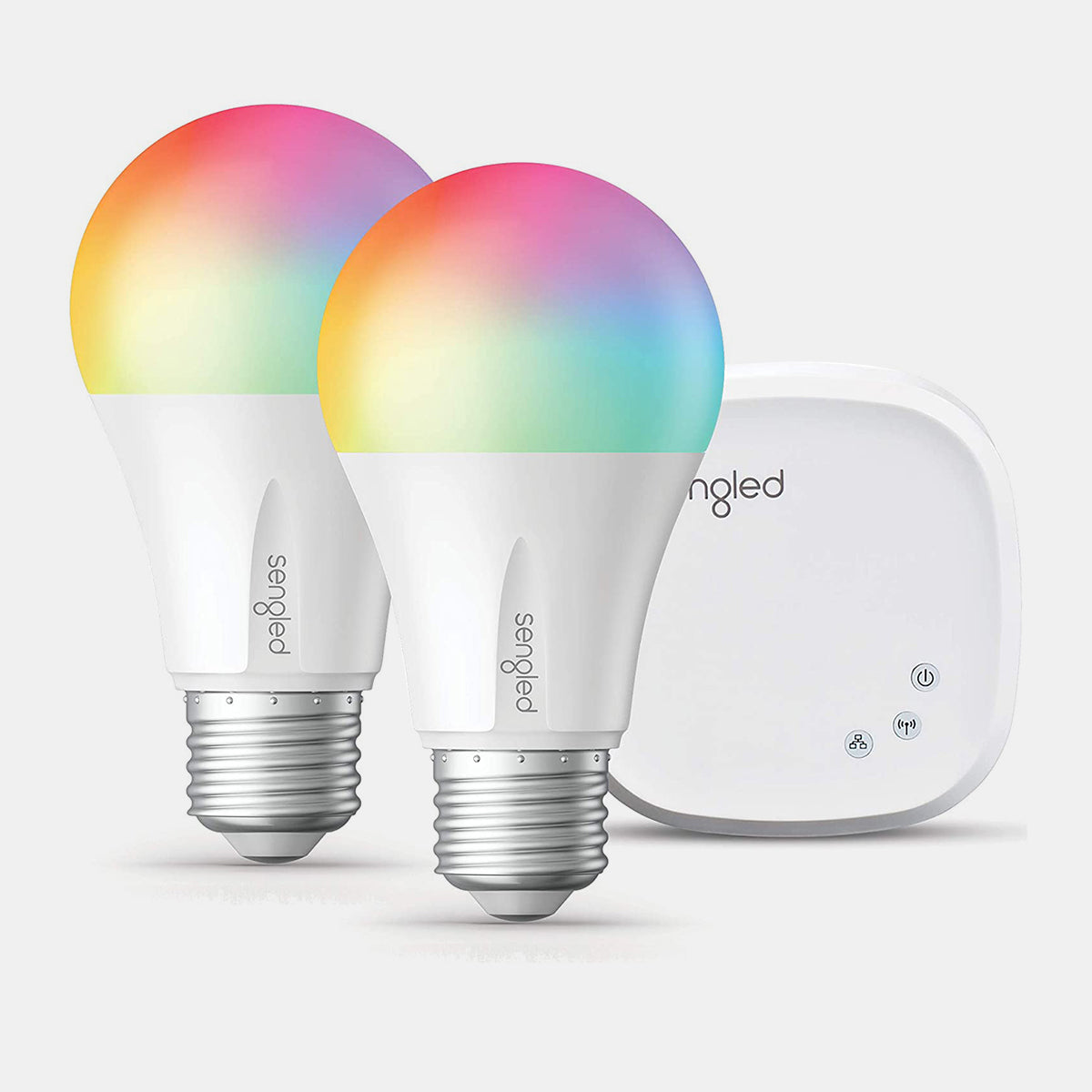
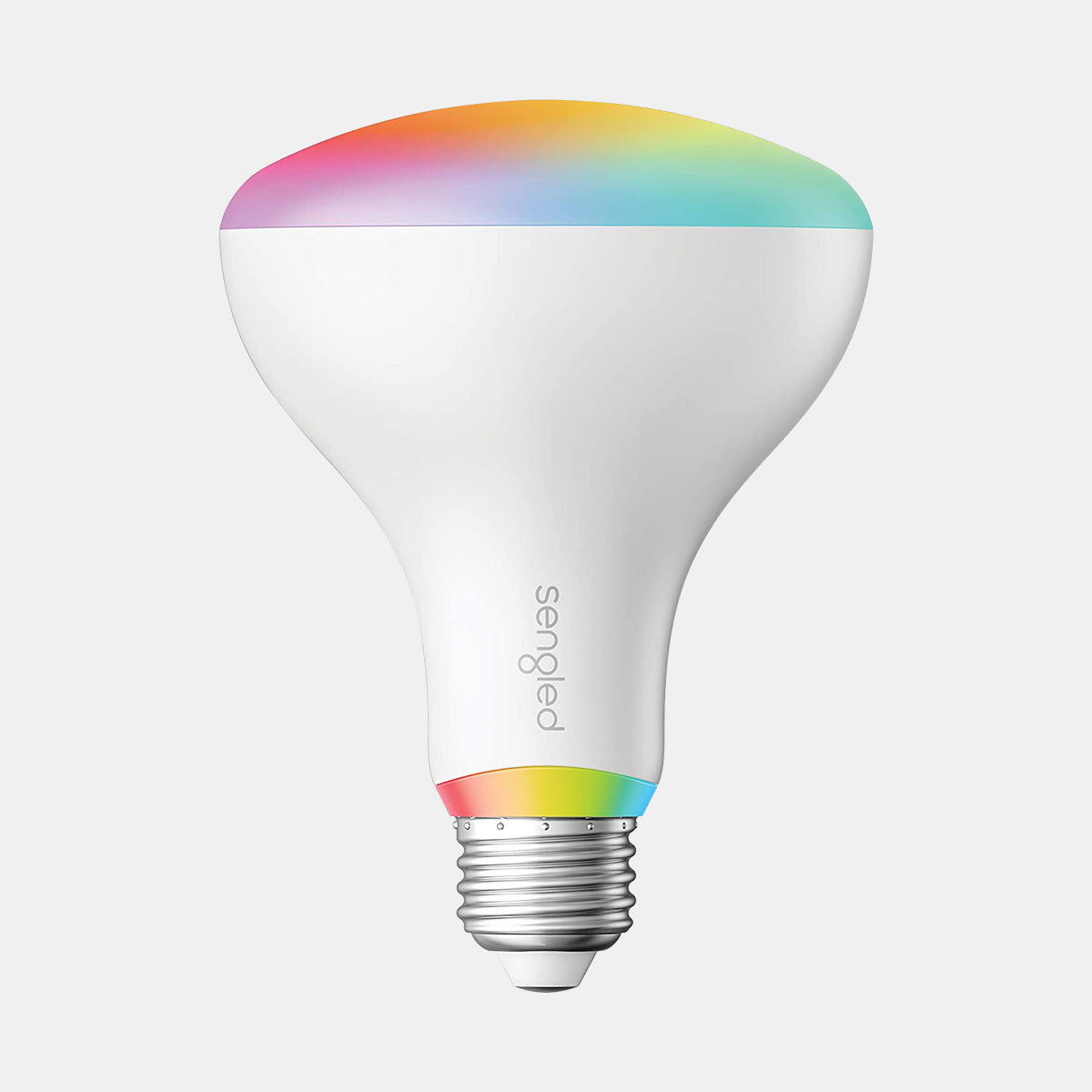
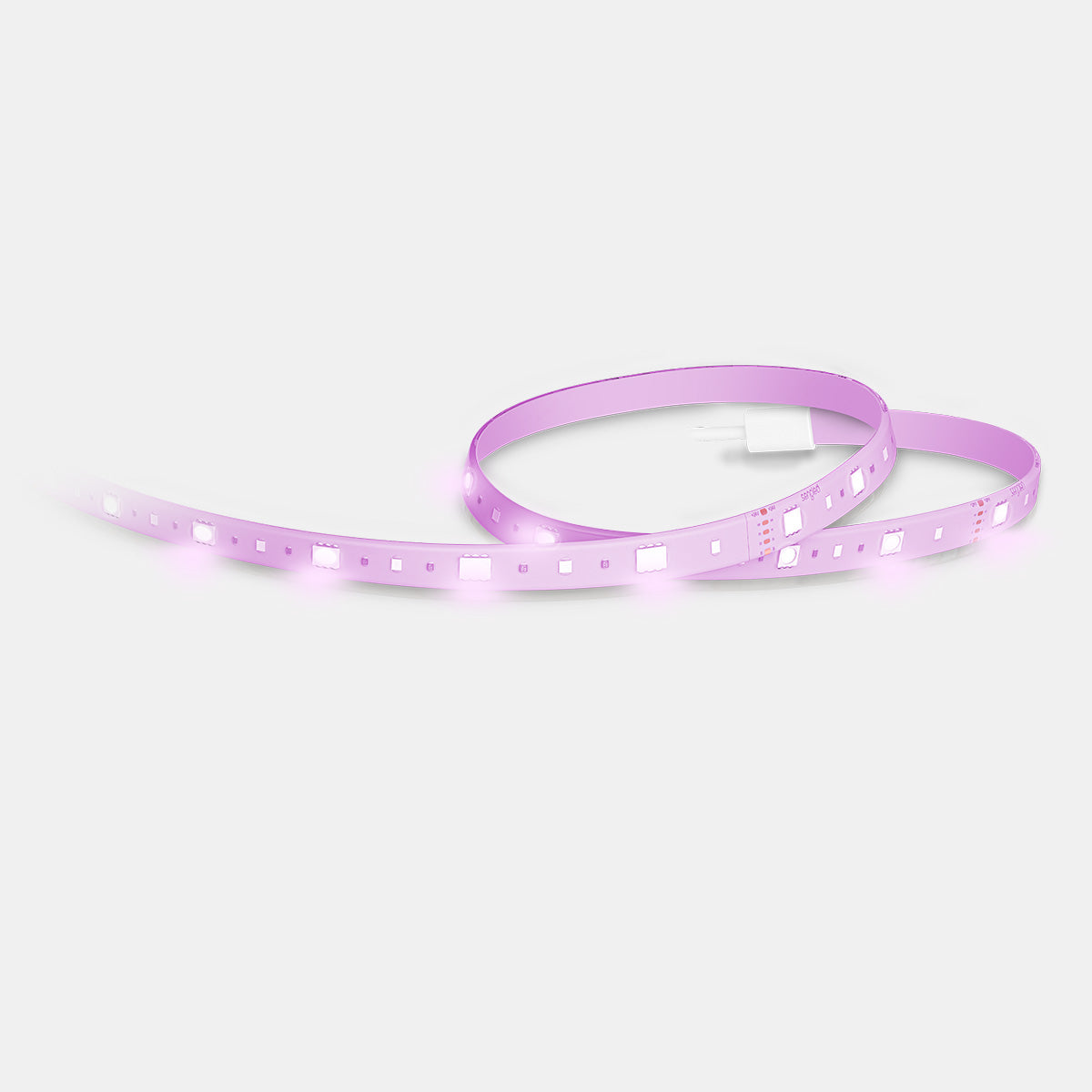

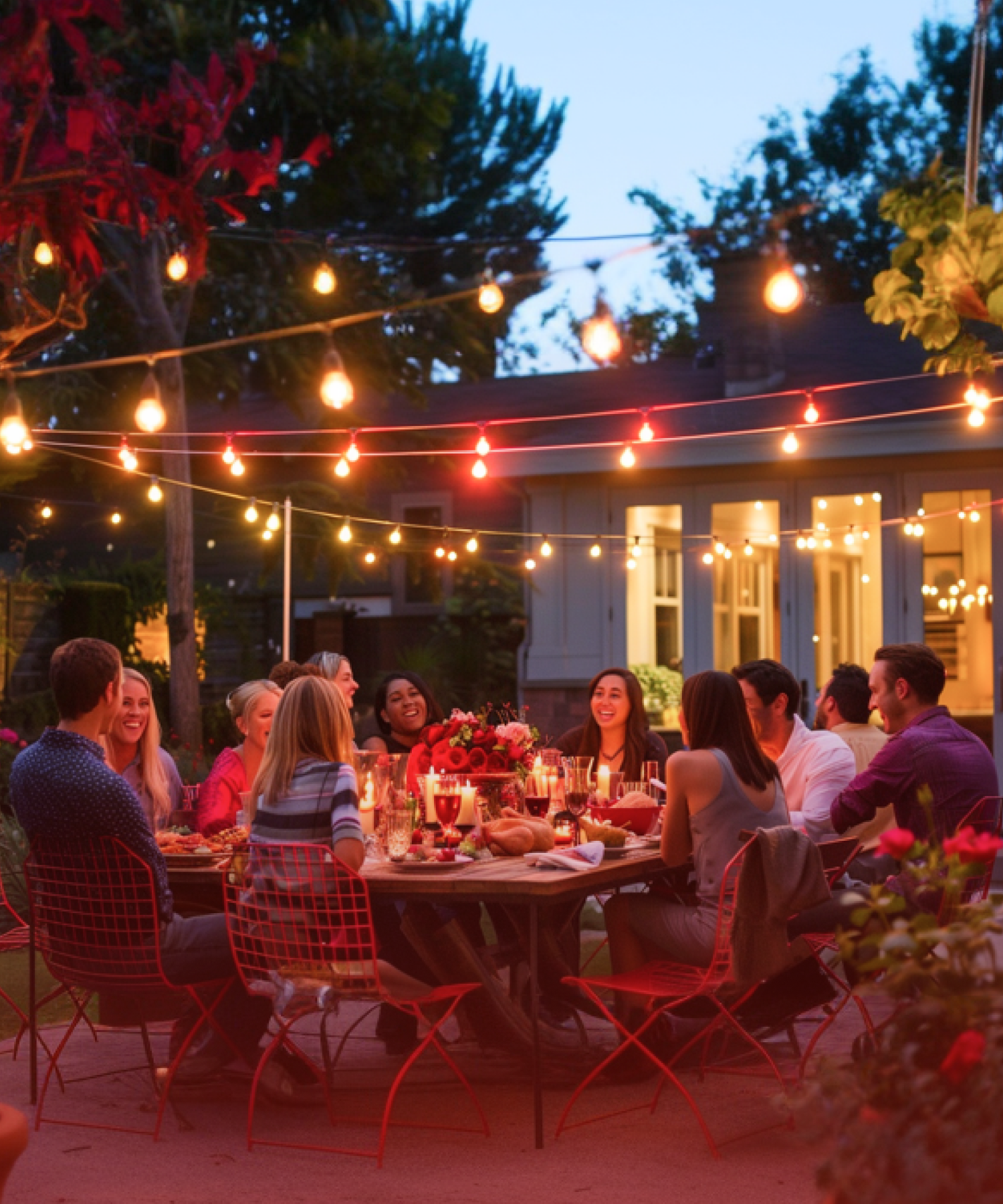


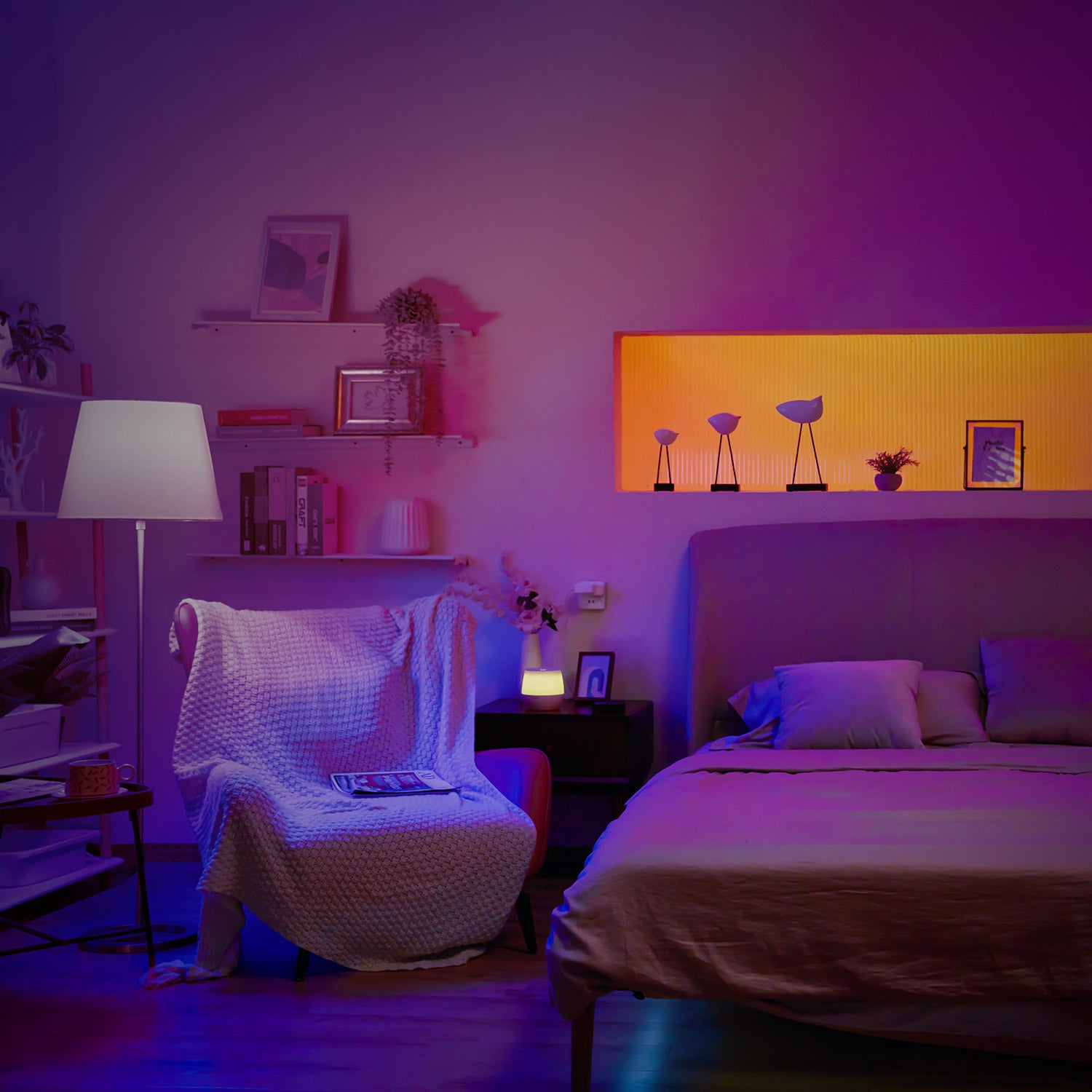
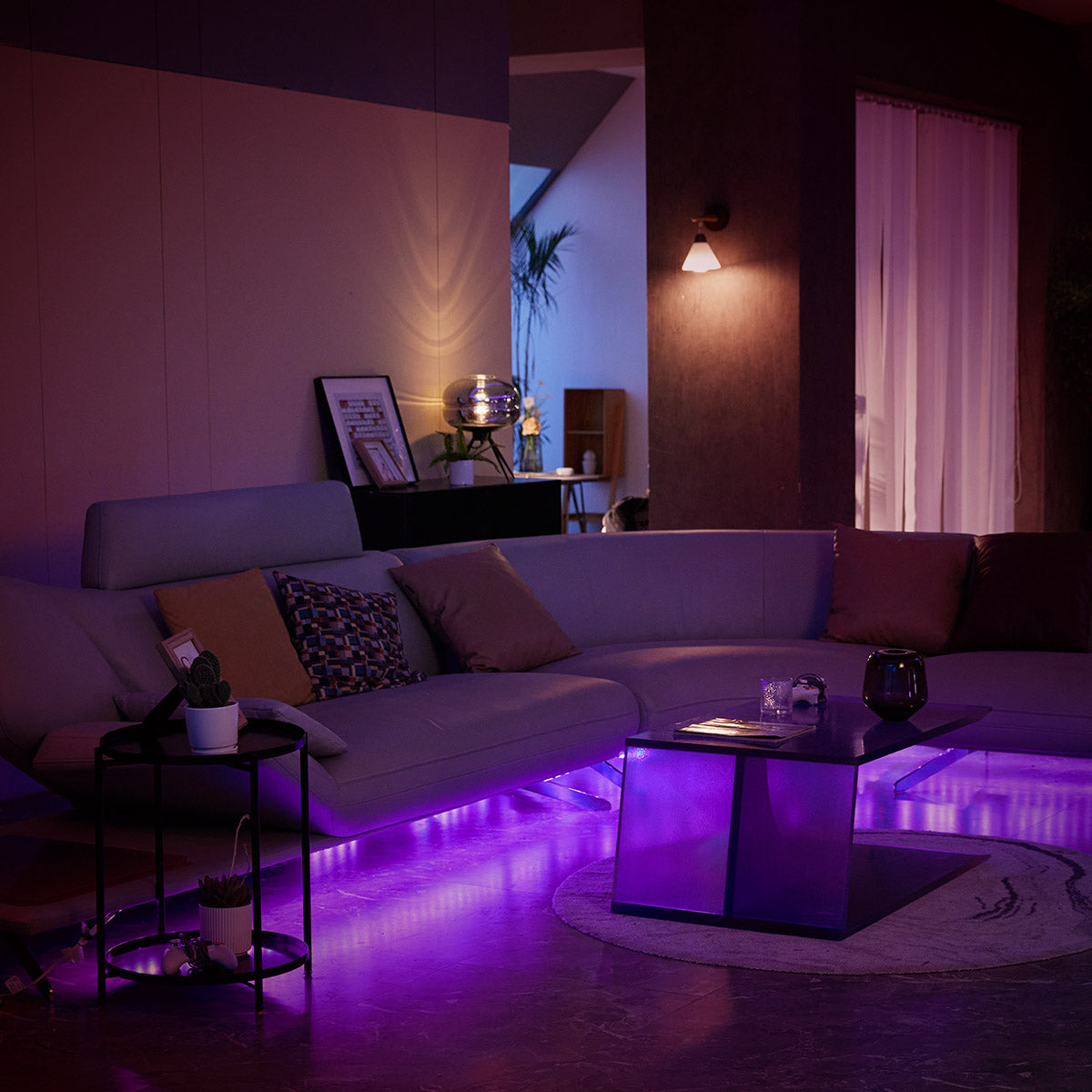


Leave a comment
All comments are moderated before being published.
This site is protected by hCaptcha and the hCaptcha Privacy Policy and Terms of Service apply.